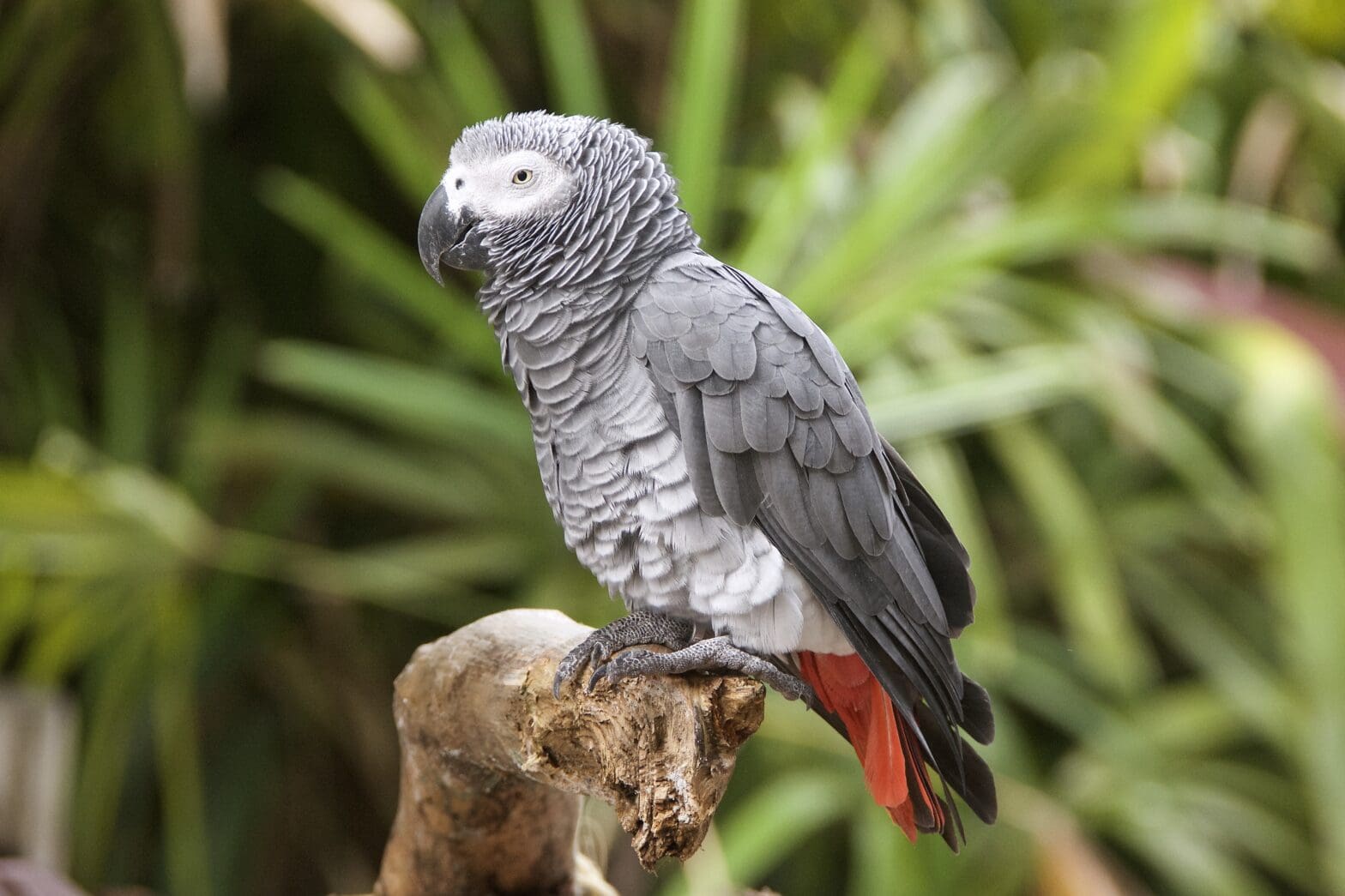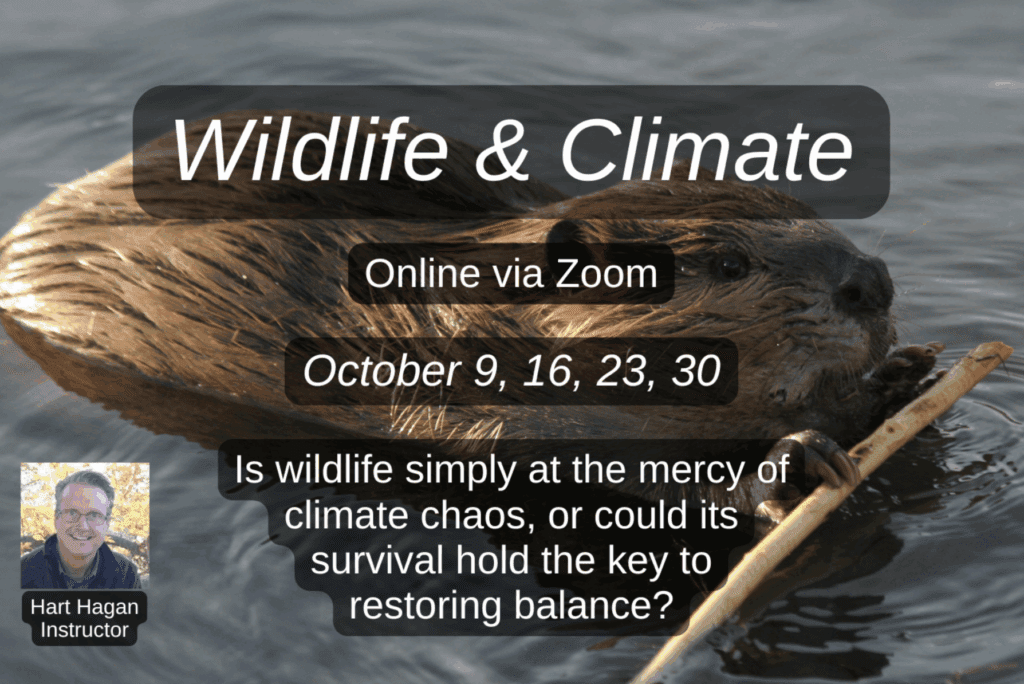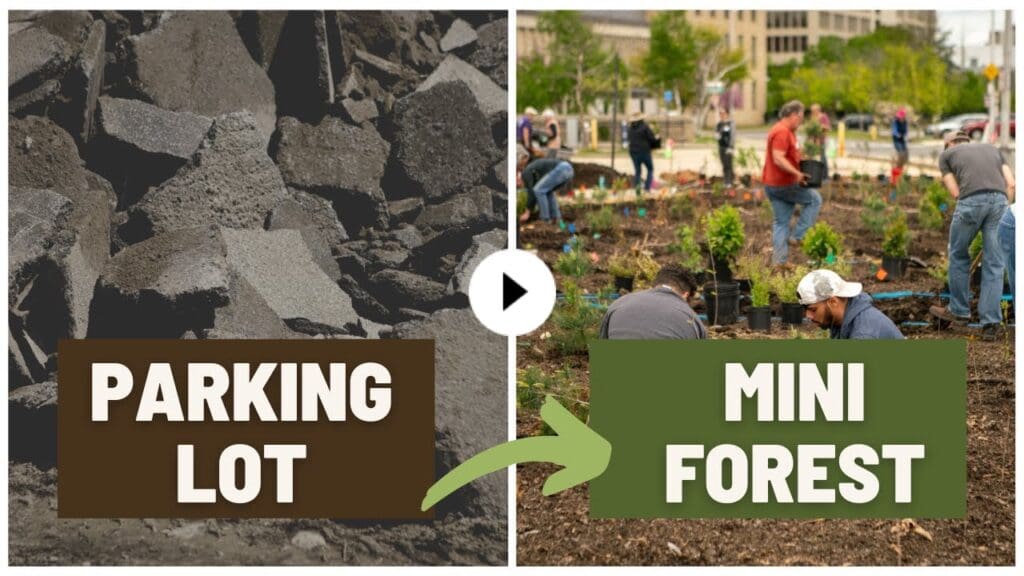I live where the forest is humid and deep,
I chatter and mimic, I laugh and I weep.
With feathers of gray and a mind that’s quite bright,
I talk with my flock from morning to night.
Who am I?
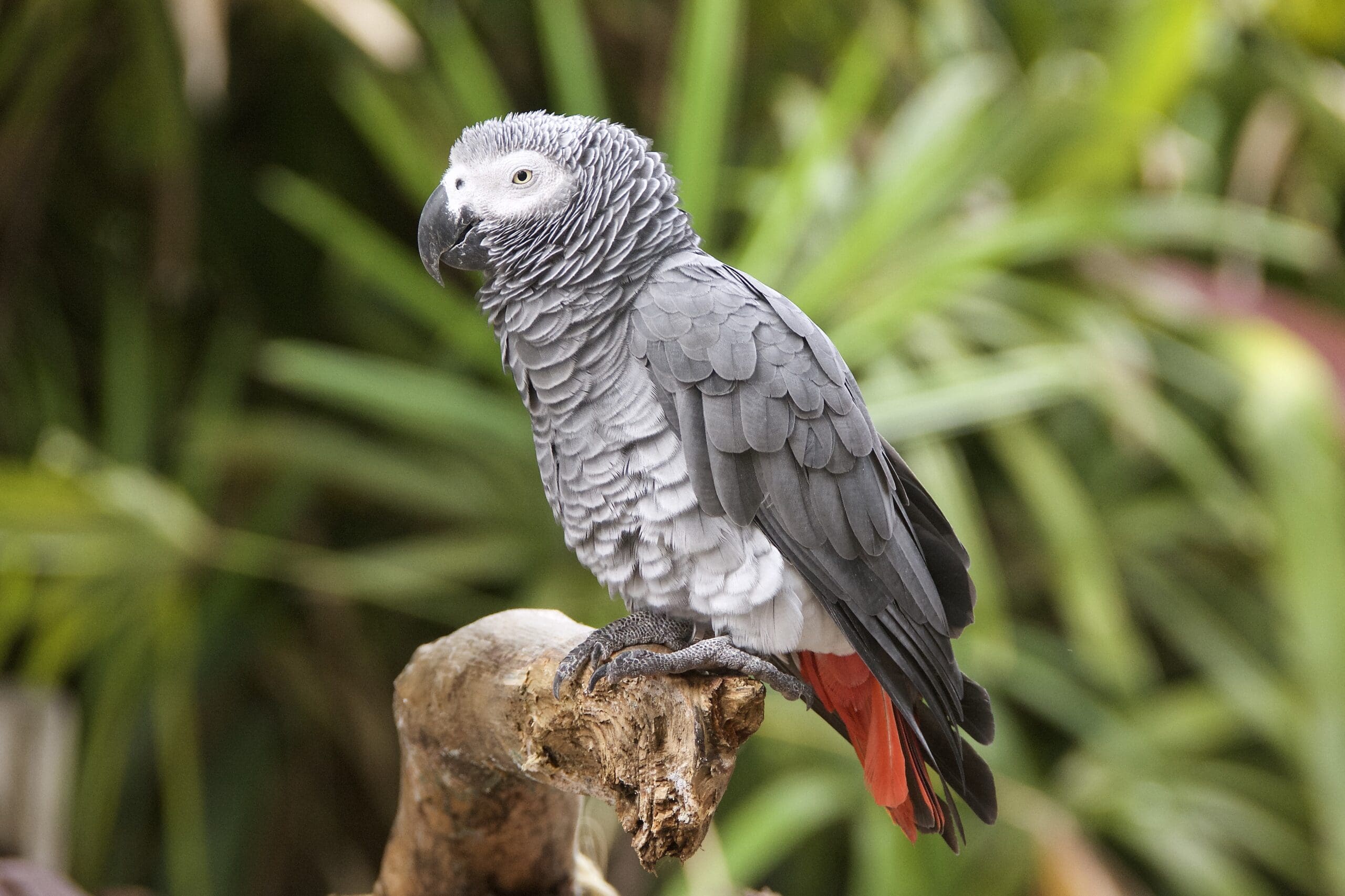
The forest used to be louder.
Perched on the sturdy branch of a Kapok tree deep in the Congo Basin rainforests, an adult African grey parrot listens as dawn begins to wake the parts of the forest that had been asleep.
Not long ago there had been many other roosts that would be waking up at this time, their overlapping songs passed from bird to bird, fragmenting into dialects and quips that only birds of a certain feather understood.
Now the forest stews in a silence that doesn’t fall all at once, but settles slowly.
Logging and habitat fragmentation have eroded away at the networks that bring the forest canopy to life. Roosts that once echoed with dozens of unique signatures have gone silent. Routes once marked by familiar voices are quieter now. The loss is not just physical territory, but a breakdown in the sonic landscape that makes community possible. When one parrot calls out to the forest, more and more often the forest doesn’t answer back.
Even so, at dawn the space between the trees begins to come alive. Slowly, the chorus starts with whistles and clicks, high-pitched mimicries and melodic chatter, weaving through the canopy with the morning light. To the untrained ear, certainly to mine, the parrot’s calls might sound like a kind of white noise, like a beautiful but nonsensical Youtube soundtrack titled Nature Jungle Ambiance 2. But to those birds in the know, it’s a language of memory, bond, warning, and belonging.
Communication is…everything to the African grey. These parrots live in fission-fusion flocks, where individuals join, leave, and rejoin subgroups throughout the day. In such fluid communities, each bird develops a unique vocal signature, a kind of name, that other parrots remember and respond to. Mates and family groups share contact calls, using them to locate one another in dense foliage or across long distances.
This writeup is not an exploration of physiology, but it’s important to understand how these parrots’ bodies are designed for communicating. Whereas we use vibrating vocal cords to speak, parrots produce sound using a complex organ called the syrinx, a structure of muscle and membrane. They control both airflow and tension in the syrinx’s membranes with remarkable precision, allowing them to mimic complex sounds, including human speech, with impressive clarity.
These are not purely instinctive habits; they’re learned, practiced, and honed as the parrots interact with each other and neighboring roosts. In a very real way, African greys don’t just make sounds, they participate in culture.
Young parrots learn by imitation, listening to their parents, flockmates, and the wider jungle soundscape. The mimicry is not random. They imitate that which surrounds them, other birds, local sounds, and occasionally the distant echo of chainsaws or human speech drifting from nearby villages and cities. These learned sounds are woven into their daily communication and social behavior.
They use alarm calls to signal predators, appearing to modulate their tone and pitch depending on the urgency of the situation, and reserving certain calls for specific threats. We’ve even seen strong evidence that some parrots can use reference-like calls, calls that refer to specific individuals, objects, or situations. In a way, we’re essentially talking about the capability for vocabulary, a primitive but very real form of symbolic language.
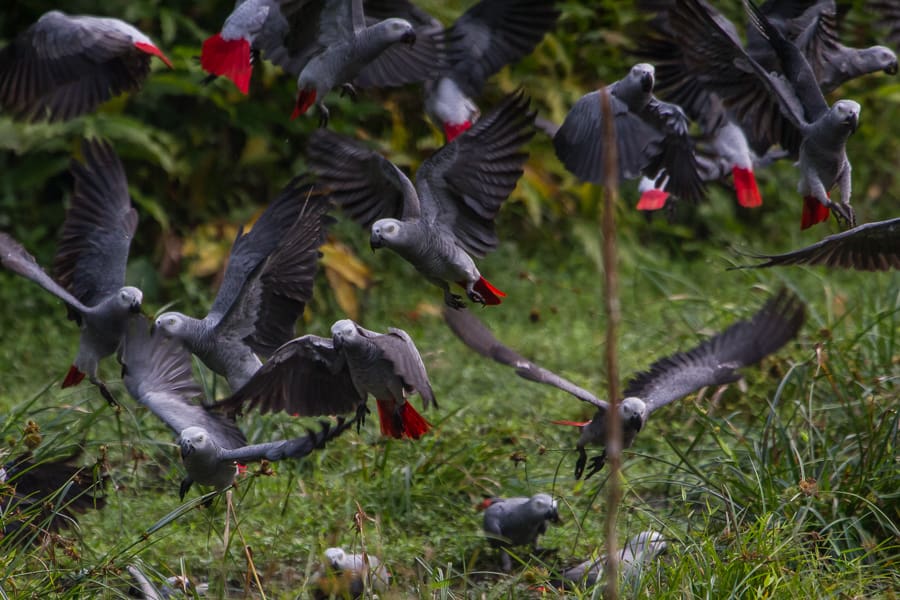
Communication among African greys also shapes their emotional reality. When separated from bonded partners, parrots often call persistently, showing signs of stress and vocal distress. Reunion is met with preening, soft warbles, and mutual mimicry.
If there’s anything we establish with this little exploration of African grey communication, it’s that these aren’t just functional instincts, they’re expressions of connection and culture. There’s really a month’s worth of Featured Creature essays we could fill up on the African grey, but I wanted to focus on communication because isn’t that what biodiversity really is at the end of the day? The exchange between living things? Trees share signals through their roots, grasses respond to grazing, coral reefs pulse with chemical messages. And the more we learn, the more it seems like life on Earth is always in conversation.
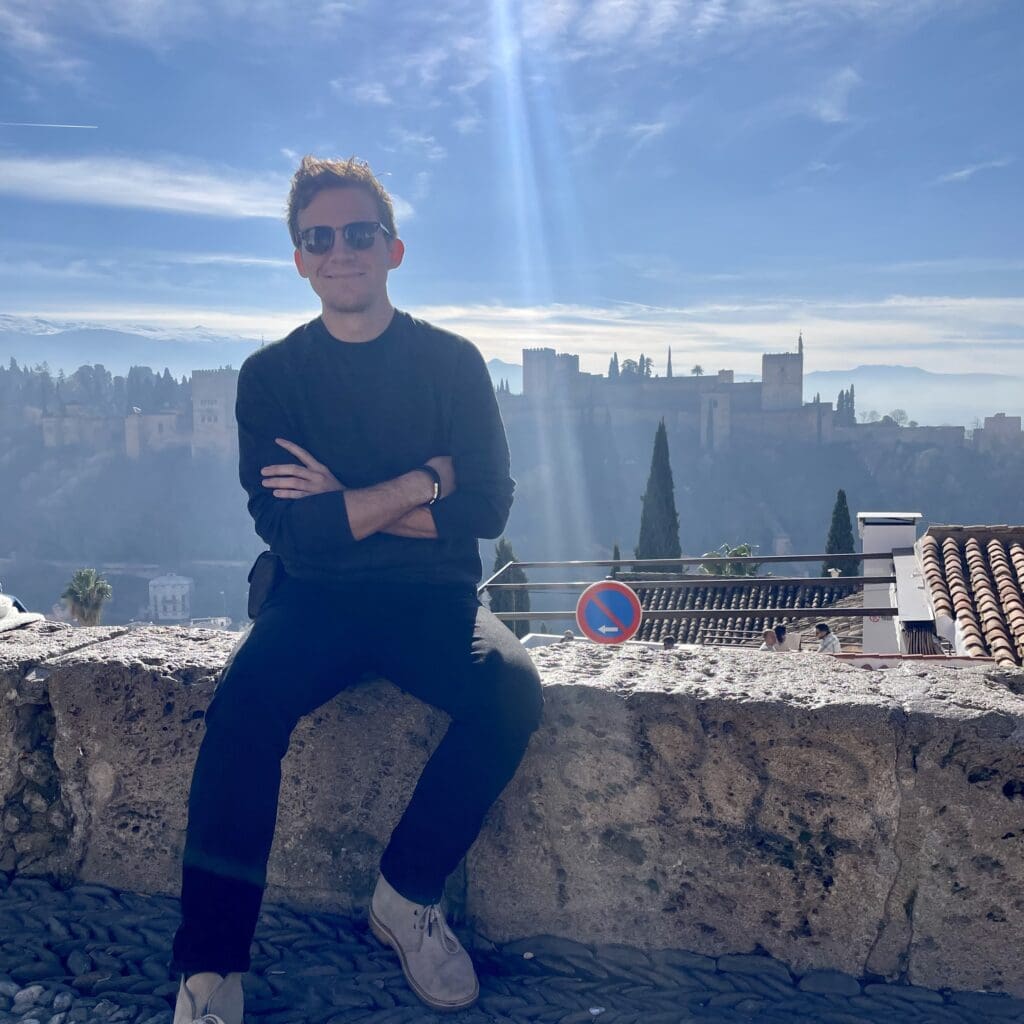
Brendan began his career teaching conservation education programs at the Columbus Zoo and Aquarium before relocating to Washington, DC. Since then, he has spent a decade as a journalist and policy communications strategist, designing and driving narratives for an array of political, advocacy, and institutional campaigns, including in the renewable energy and sustainable architecture spaces. Most recently before joining Bio4Climate, Brendan was working in tech, helping early and growth stage startups tell their stories and develop industry thought leadership. He is interested in how the intersection of informal education, mass communications and marketing can be retooled to drive relatable, accessible climate action. While he loves all ecosystems equally, he is admittedly partial to those in the alpine.
Dig Deeper
- Smeele SQ, Senar JC, Aplin LM, McElreath MB. Evidence for vocal signatures and voice-prints in a wild parrot. R Soc Open Sci. 2023 Oct
- The Birds That Have Mastered Mimicry – Nature’s Greatest Impressionists
- Alarm calls of a cooperative bird are referential and elicit context-specific antipredator behavior, Behavioral Ecology, Volume 28, Issue 3, 01 May-June 2017,
- Stress in African grey parrots

